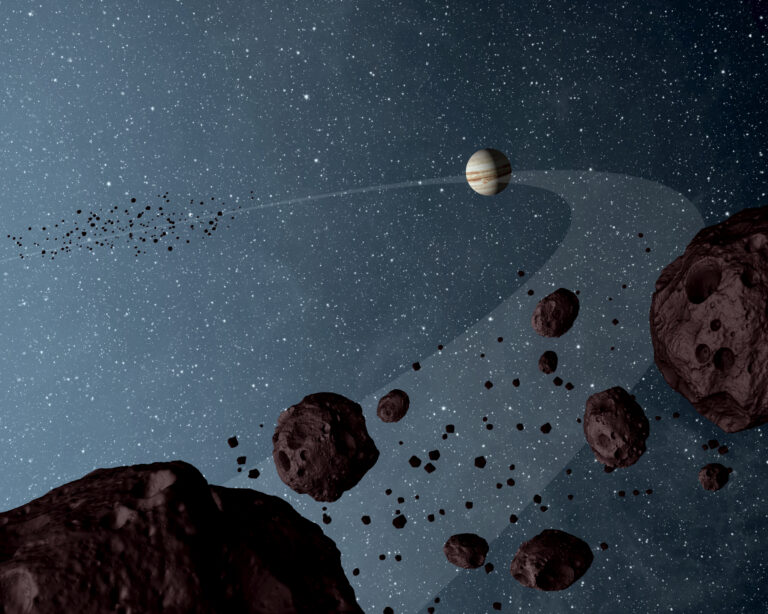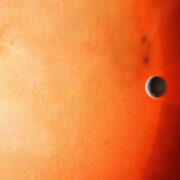PI: Jorge Lillo-Box
Web page of the project: https://www.troy-project.com
The TROY project started in 2017 with the financial support of the European southern Observatory and in 2021 is starting a new period with support from the La Caixa Foundation (supported by the Marie-Slodowska Curie actions).
The TROY project is a multi-technique observational and theoretical effort to understand the formation and evolution of planetary systems from the detection and characterization of the first exo-trojan planets. The analysis of the gravitational forces in the well-known two body problem yields to the existence of five stable locations (or Lagrangian points) where such forces compensate to each other. Two of them (L4 and L5) are very stable and can host additional bodies librating around them, as in the case of Jupiter in the Solar System. Since these bodies are outgrowths of the planet formation process, the detection of the first exotrojans will open a new scientific window to investigate the clues of planet formation and migration in outer planetary systems.










